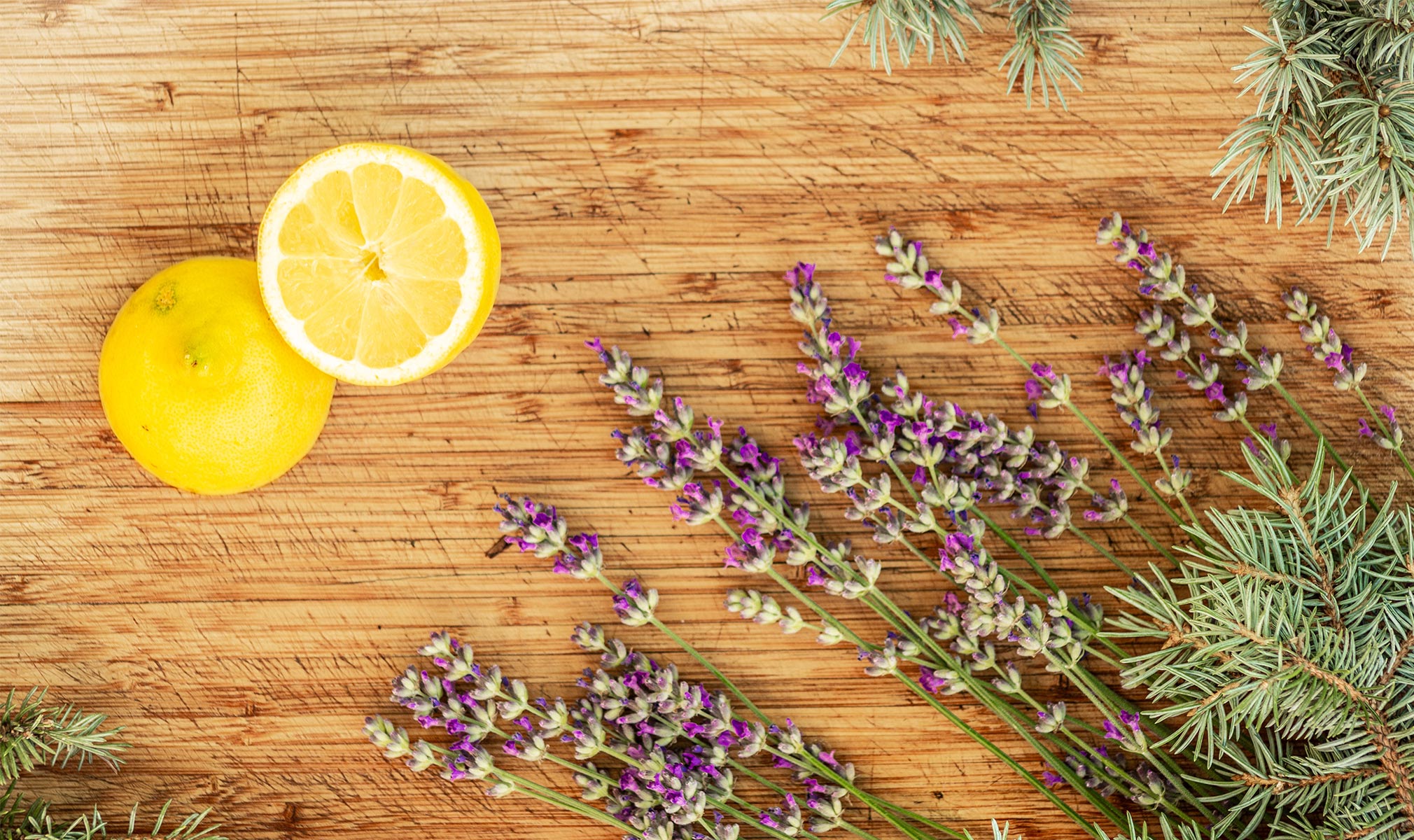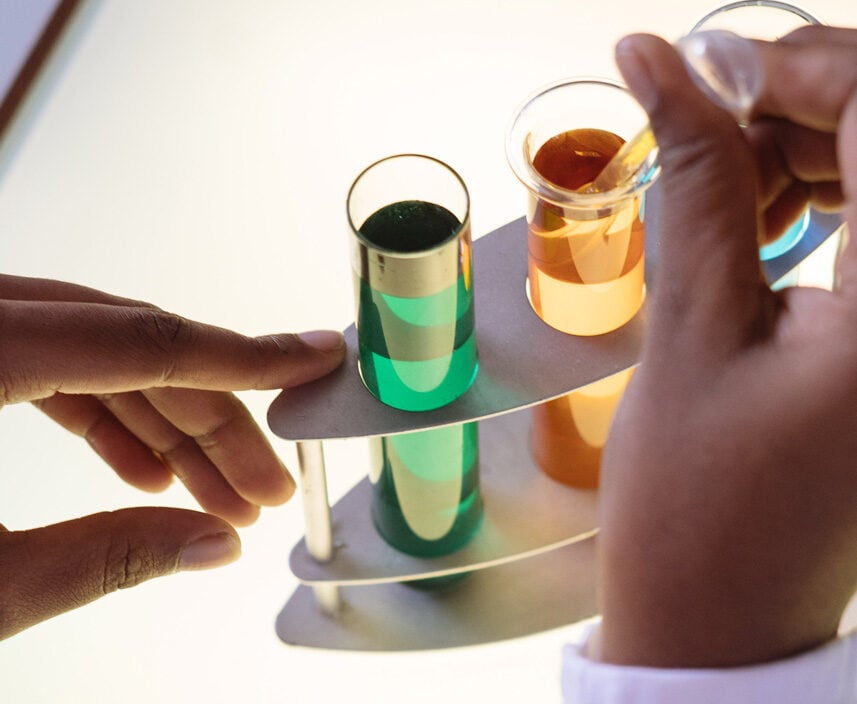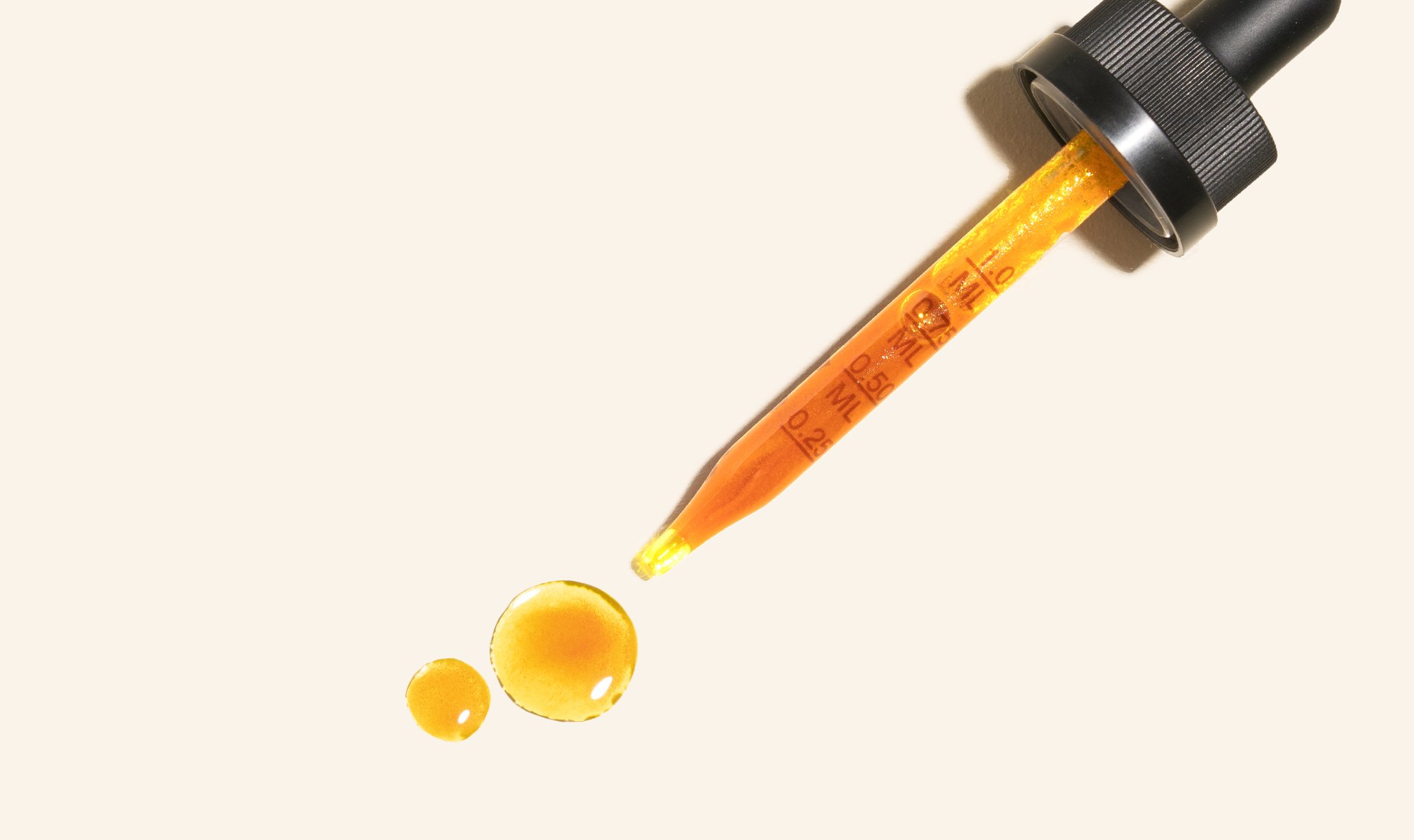Of the many (and let’s face it, there are a lot) scientific terms that are thrown around when we talk about CBD products, terpenes are among the least discussed, but most interesting organic compounds that link us to the natural world.
You’ve doubtless seen them on labels and in articles about full spectrum CBD, broad spectrum CBD, and the Entourage Effect. But what are terpenes? What do they do, and why should you care?
It turns out that not only do terpenes serve an important role, they’re also fun. Why? Because they’re all about smell and taste.
Let’s take a closer look.
Terpenes and Cannabinoids
We typically talk about cannabinoids — molecular compounds found in the cannabis plant, like CBD, CBG, and THC. While THC is psychoactive, meaning that it causes a “high,” CBD and other cannabinoids are not psychoactive.
Neither are terpenes.
Terpenes coexist with cannabinoids and work with them to impart a host of beneficial effects, but they are a different form of compound altogether.**
What Are Terpenes, Anyway?
Terpenes are chemical compounds that occur naturally in plants. They create the scents of plants, and are especially abundant in cannabis, tea, citrus fruits, and herbs like sage and thyme.
Terpenes are the compounds that give plants their scent.
In nature, terpenes serve important functions for plants. They attract pollinators, repel insects, and warn away grazing animals.
Humans use terpenes in scents to attract mates, in aromatics to calm or energize ourselves, in topicals to soothe skin and tissues and, of course, in products for taste.**
Terpenes are found in high concentration in essential oils — you could say they put the “aroma” in aromatherapy.
Cannabis is perhaps the most famous source of terpenes, because they’re simply so plentiful within it. There are around 400 known terpenes in the hemp plant. Terpenes are what give cannabis its signature smell and taste.
Terpenes are found in lavender, bergamot, coriander, black pepper, and eucalyptus. They’re abundant in the aerosols that forests naturally produce. We find terpenes in foods like mangoes, broccoli, apples, and hops.
What Do Terpenes Do?
We know that terpenes are all about smell and taste. But is that all they do?
Terpenes, like cannabinoids, interact with receptors in our endocannabinoid system, as well as other receptors throughout our bodies. The endocannabinoid system is closely integrated with our central and peripheral nervous systems, as well as systems that regulate sleep, digestion, immune function, mood, and more.
In addition, many terpenes are able to cross the blood-brain barrier, which is the barrier that protects the brain from bacteria, viruses or other alien elements that might find their way into the bloodstream. Since terpenes can cross this barrier, they can deliver therapeutic benefits directly while also protecting the blood-brain barrier.**
When combined with cannabinoids, like CBD or CBG, terpenes help to achieve the Entourage Effect — a synergistic process through which the combined elements have an even greater effect than they would on their own.
Terpenes also help you absorb cannabinoids and other terpenes, increasing the effectiveness and efficiency of your CBD experience.**
We can benefit from terpenes through smell by absorbing it through our olfactory and respiratory systems, through taste by absorbing it through the membranes under our tongues, and even through our skin by using it in essential oils and topicals.**
Common Terpenes
Let’s look at some of the terpenes found in cannabis that we like to use in our products. Note that the FDA doesn’t support making definitive claims about what terpenes, cannabinoids or CBD products can or cannot do. Studies are all ongoing, and we can’t claim that these products “treat” any condition.
Limonene

Many people look to limonene for minor pain relief and to help with mood.**
Pinene

People have used the pinene terpene in different forms for centuries.
Linalool

Linalool has been studied for its link to minor muscle pain relief and, as you can guess by its presence in lavender and chamomile, this terpene is found to be very calming.**
Caryophyllene (a.k.a. Humulene)

Terpenes and CBD
To make the most of terpenes and the Entourage Effect, it’s important to know where to find them.
Terpenes are present in both full spectrum and broad spectrum CBD products. What are these?


Products made from either full spectrum or broad spectrum CBD deliver terpenes. While full spectrum CBD has more naturally occurring terpenes, we often create special terpene blends to add to products. We’ll talk about some below.
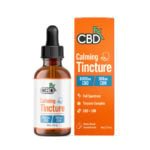
Our CBD + CBN Oil Calming Tincture features not only CBD and soothing CBN, but also our own proprietary terpene blend formulated specifically for a deeply calming effect.**
Another powerful combo of restful cannabinoids and terpenes can be found in our CBD Gummies with Melatonin for Sleep. In addition to CBD, melatonin and our own blend of sleep terpenes, this tasty gummy also includes passion flower, chamomile, and lemon balm.
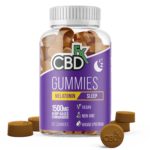
Our broad spectrum CBD vaping pens are a fast-acting way to deliver both cannabinoids and terpenes, although they contain fewer terpenes than full spectrum offerings like CBD Soft Gel Capsules or in products with special terpene blends, like our CBD + CBG Wellness Tincture.

Look for CBDfx products made with full spectrum CBD and with special terpene blends, and see what kind of difference terpenes can make for you!
Terpene curious? Give our CBD + CBG Wellness Tincture a spin!
